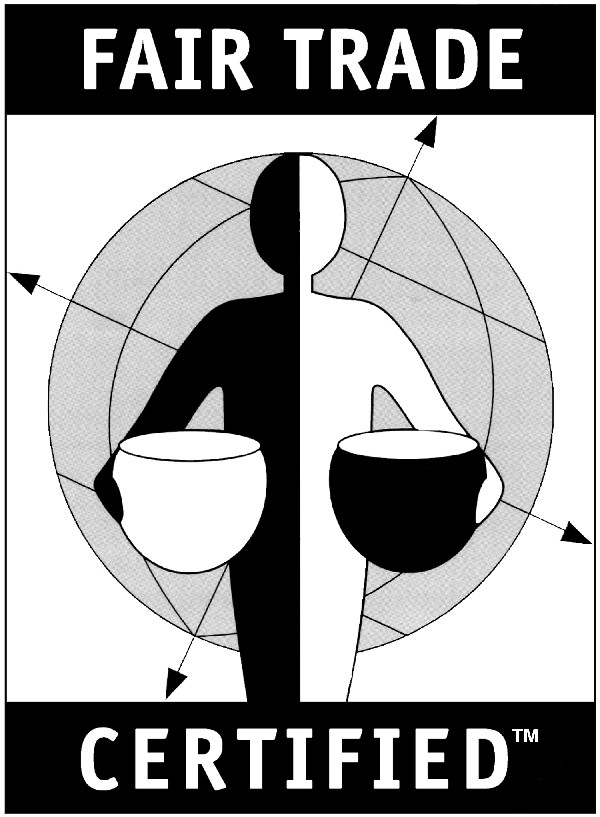Café do Brasil
Coffee production in Brazil is responsible for about a third of all coffee, making Brazil by far the world’s largest producer, a position the country has held for the last 150 years. Coffee plantations, covering some 27,000 km² , are mainly located in the southeastern states of Minas Gerais, São Paulo and Paraná where the environment and climate provide ideal growing conditions.
The crop first arrived in Brazil in the 18th century and the country had become the dominant producer by the 1840s. Production as a share of world production peaked in the 1920s, with the country supplying 80% of the world’s coffee, but has declined since the 1950’s due to increased global production.
According to the legend, the Portuguese was looking for a cut of the coffee market, but could not obtain seeds from bordering French Guiana due to the governor’s unwillingness to export the seeds. Palheta was sent to French Guiana on a diplomatic mission to resolve a border dispute. On his way back home, he managed to smuggle the seeds into Brazil by seducing the governor’s wife who secretly gave him a bouquet spiked with seeds.
Coffee spread from Pará and reached Rio de Janeiro in 1770, but was only produced for domestic consumption until the early 19th century when American and European demand increased, creating the first of two coffee booms. The cycle ran from the 1830s to 1850s, contributing to the decline of slavery and increased industrialization. Coffee plantations in Rio de Janeiro, São Paulo and Minas Gerais quickly grew in size in the 1820s, accounting for 20% of worlds production. By the 1830s, coffee had become Brazil’s largest export and accounted for 30% of the world’s production. In the 1840s, both the share of total exports and of world production reached 40%, making Brazil the largest coffee producer.
The second boom ran from the 1880s to the 1930s, corresponding to a period in Brazilian politics called café com leite (“coffee with milk”). The name refers to the largest states’ dominating industries: coffee in São Paulo and dairy in Minas Gerais. The February 1906 “valorization” is a clear example of the high influence on federal politics São Paulo gained from the coffee production. 
State subsidies had supported coffee export prices in the 1920s, but also had led to over production. Wholesale coffee prices in Brazil dropped from 1929 to 1931, and demand did not rebound. Instead, mountains of unwanted coffee piled up. By mid-1932, the new government’s Coffee Stabilization Council had spent $63 million to purchase more than 14 million bags of coffee — 1.9 billion total pounds — and then set about destroying it all. By June 1932, half the oversupply had been destroyed, with thousands of bags dumped at sea. Later reports described beans compressed into fuel bricks for locomotive fireboxes. Coffee prices rallied for a few months, but the maneuver proved hugely expensive.
In the 1920s, Brazil was a nearly monopolist of the international coffee market and supplied 80% of the world’s coffee. Since the 1950s, the country’s market share steadily declined due to increased global production. Despite a falling share and attempts by the government to decrease the export sector’s dependency on a single crop, coffee still accounted for 60% of Brazil’s total exports as late as 1960.
Brazil has been the world’s largest producer of coffee for the last 150 years, currently producing about a third of all coffee. In 2011 Brazil was the world leader in production of green coffee, followed by Vietnam, Indonesia and Colombia. The country is unrivaled in total production of green coffee, Arabica coffee and instant coffee. In 2011, total production was 2.7 million tonnes, more than twice the amount of Vietnam, the second largest producer. Some 3.5 million people are involved in the industry, mostly in rural areas.
We, at Kencaf always have an array of Brazilian coffee in stock at all times. Please call/email us for what is available.
From Wikipedia, the free encyclopedia









